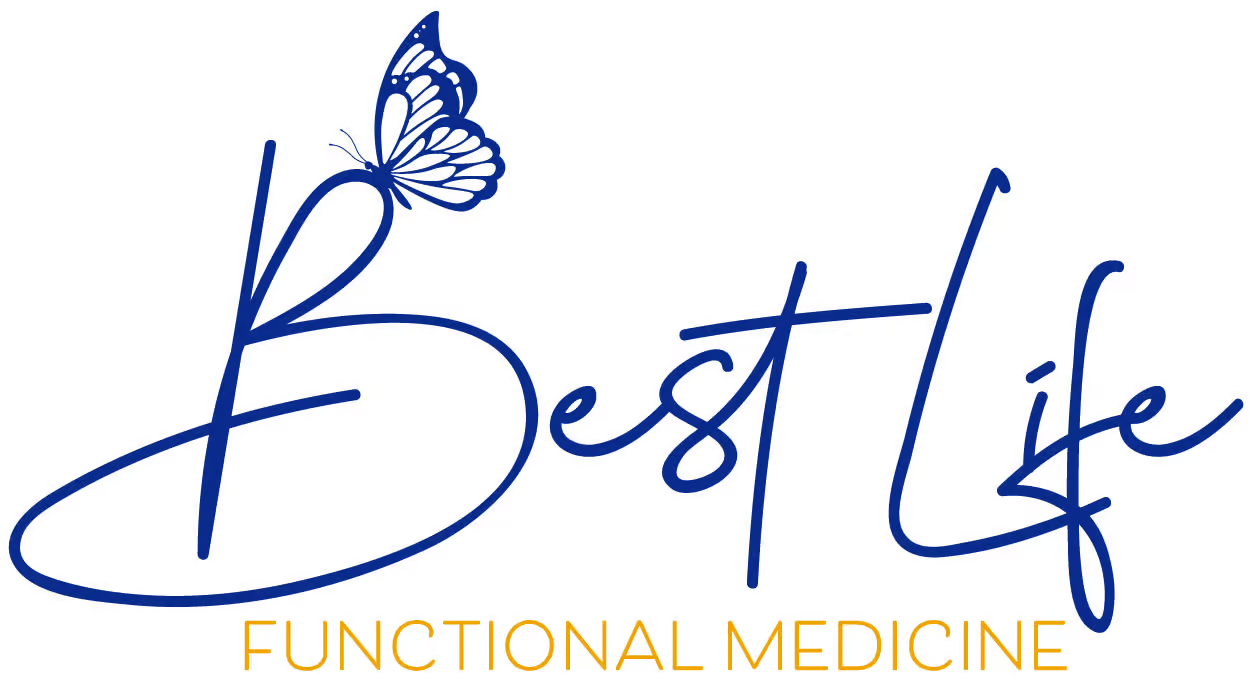Have you ever heard of “leaky gut”?
It’s a term that despite being around for at least 20 years is often not recognized as a real condition in mainstream medicine. Increased intestinal permeability is the more official term for leaky gut and is more accepted.
Although I didn’t know much about leaky gut as a conventionally trained doctor, I now do believe leaky gut is a real diagnosis and is a cause of problems in many patients.
It is important to remember that the gut is supposed to be a little leaky. We all have a leaky gut and that isn’t a bad thing. The gut is designed to allow the absorption of nutrients from the foods we eat following digestion. If the gut was too strict of a barrier we wouldn’t be able to extract the vitamins and minerals from the foods we eat.
The problem arises when the gut becomes too leaky and not selective enough. Think of the gut lining as a filter. A leaky gut becomes problematic when the holes in the filter are too large. This barrier is not selective enough. In addition to allowing nutrients to absorb into the bloodstream, partially digested foods, toxins, and gut bacteria also leak through. The body isn’t designed to “see” these things in the bloodstream and so it reacts to eliminate them. This creates inflammation and can eventually lead to autoimmune diseases and food allergies.
What causes the gut to become too leaky?
- Gluten or other inflammatory food (like sugar, flour, and saturated fats)
- Gut infection (an overgrowth of bad bacteria in the large intestine)
- Toxins
- Stress
- Medications, especially Non-Steroidal Anti-Inflammatory medications like Aleve, Advil, or Motrin
- Alcohol
As you can see from the list above the triggers are common. Most of us have exposure to many of the causes, making too leaky of a gut likely.
Once your gut is too leaky, you become inflamed. Your immune system is working overtime and inflammation results. A vicious cycle can begin because inflammation often leads to increased use of NSAIDs, which worsens leaky gut, which leads to more inflammation, which leads to more NSAID use.
It’s important to remember that your body is always working to protect you. This inflammatory cascade is happening to protect you. For example, if you fall down and scrape your leg, the injured area swells, becomes red, and obviously irritated. This response stops the bleeding and begins the miraculous healing process.
However, what starts out as a healthy response can have damaging effects if it persists too long. This is what is happening in leaky gut. Over time, your defense system gets so overwhelmed and confused that it doesn’t know the difference between the invader and you. As a result, your well-meaning immune system turns on itself, destroying healthy organ tissues.
One of the biggest warning signs that you may have a leaky gut can be that you’re experiencing multiple food sensitivities. Symptoms of food sensitivities can be gut-related, but they also go far beyond the gut.
Common symptoms are:
- Bloating
- Acid reflux
- Thyroid conditions
- Fatigue
- Joint or muscle pain
- Headaches
- Skin issues like rosacea or acne
- Digestive issues
- Weight gain
If you have the above symptoms and/or an autoimmune disease, it is likely that you have too leaky of a gut!
How do you fix it?
A leaky gut protocol is a part of a comprehensive gut healing program. Per the guidelines from the Institute for Functional Medicine, I recommend the 5R approach.
- Remove. First, remove anything that is negatively impacting your gastrointestinal system. Commonly what needs to be removed are pathogenic bacteria living in your gut and foods that are inflammatory for you.
- Replace. Replace enzymes necessary for adequate digestion.
- Reinoculate. Once the bad bacteria have been removed, it’s time to replenish the gut with good, healthy bacteria. This is done with probiotics and fermented foods. Prebiotics can also be used, which is food for good gut bacteria.
- Repair. Now it’s time to tighten up the gut lining and make it appropriately selectively permeable.
- Rebalance. It’s important to pay attention to lifestyle choices. You can fix the gut but if you don’t fix the lifestyle that led to the leaky gut in the first place, it will likely return, sooner rather than later.
So yes, you have leaky gut. We all do! It is however also likely that you have too leaky of a gut. Start with what you can control. Remove some inflammatory foods from your diet. Replace them with real, healthier options like lean protein, fruits and vegetables, and healthy fats. Add in some fermented foods to boost your good gut bacteria. Avoid NSAIDS is possible.
Don’t forget to add something into your life regularly to help combat the chronic stress we are all under. These changes might not seem like they make much of a difference at first, but over time the results are tremendous. One step at a time. One day at a time.
You’ve got this!
Dr. Libby
P.S — Register for my 16-week program The Gut Restoration. This program will test/optimize your gut health. We’ll kill the bad guys, support the guys, and fortify the gut lining!





